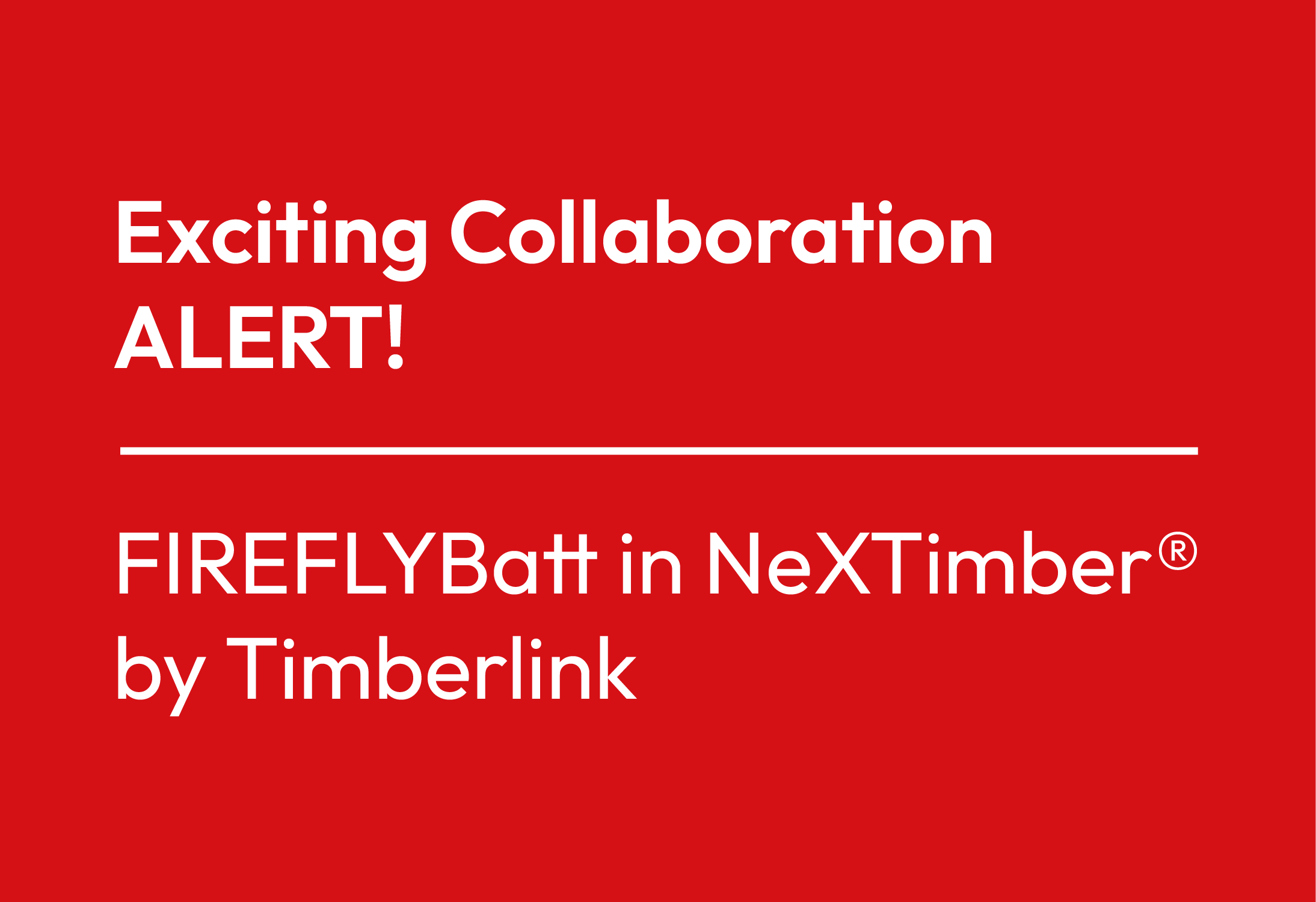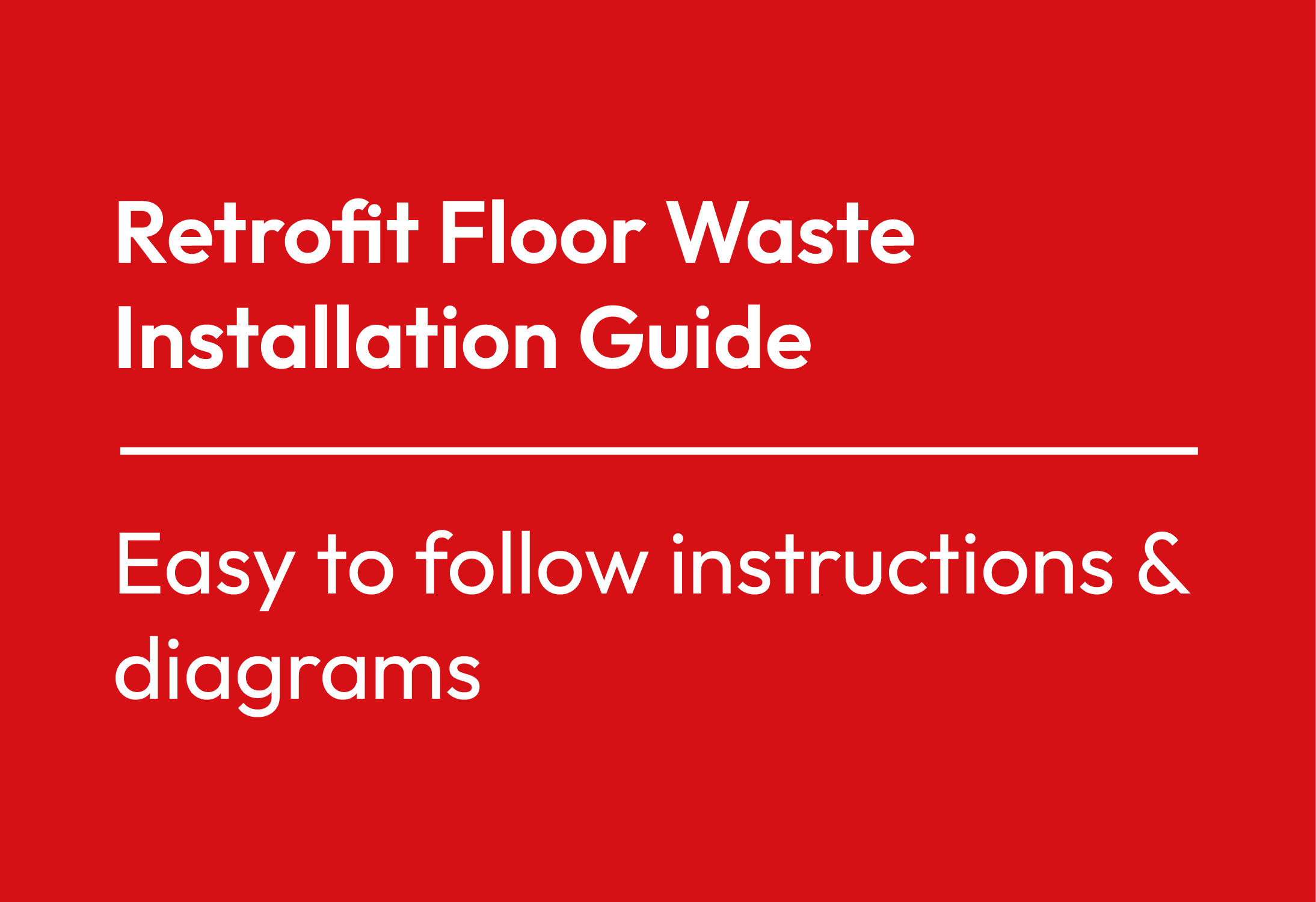Australia has long been known for its beautiful landscapes, and many Australians dream of building their homes in secluded locations, surrounded by nature. However, with the increasing frequency and severity of bush fires in the country, building a house in a bush fire-prone area requires extra precautions.
If you’re planning to build in such an area, there are many things to consider before and after construction. Here are some of the most important things that you need to know when building in bush fire-prone land in Australia.
Know the Bushfire Attack Level (BAL) rating of your property
It is essential to consider the Bushfire Attack Level (BAL) rating of your property. The BAL rating provides a measure of the potential intensity of a bushfire and guides building requirements and construction standards. There are six BAL levels, ranging from BAL-LOW to BAL FZ (Flame Zone), with each level representing a different level of bushfire risk. Understanding the specific BAL rating for your property is crucial in determining the appropriate construction materials, design features, and safety measures needed to enhance the resilience of your home in the face of bushfire threats.
Building Codes and Regulations
The second thing that you need to do when building in a bush fire-prone area is to familiarise yourself with the relevant building codes and regulations in your state or territory. These building codes are designed to address the risks associated with building in bush fire-prone areas, and they cover everything from the materials you can use for your construction to the placement of your doors and windows.
Site Assessment
Before you start building, it’s vital that you conduct a site assessment to identify the level of risk your property faces from bush fires. This assessment will help you to evaluate factors such as the vegetation surrounding your property, the slope of the land, and the direction of prevailing winds. Based on this assessment, you may need to take additional precautions such as installing fire-resistant shutters or clearing vegetation around your property.
Design Considerations
When designing your building, you need to consider the risks associated with building in bush fire-prone areas. For example, you need to ensure that your building has adequate fire protection measures in place, such as sprinkler systems or fire-resistant cladding. You also need to carefully consider the placement and design of your windows and doors, which can be vulnerable points in the event of a bush fire.
Materials
The materials you use for your building can have a big impact on its resilience to bush fires. Consider using materials that are fire-resistant or fire-retardant, such as steel or brick. You may also want to consider using materials that are less likely to ignite, such as metal roofing.
Maintenance
Once your building is complete, it’s important to maintain it properly to ensure its ongoing resilience to bush fires. This may involve regular inspections and maintenance of fire protection systems, as well as ongoing vegetation management to prevent the build-up of fuel around your property.
Other Considerations
Apart from the above-mentioned precautions, there are other things that you need to consider to minimise the risk of damage or destruction in the event of a bush fire. For starters, you need to create a “defensible space” around your home by clearing away any flammable materials within 30 meters of your home. You should also trim back any trees or bushes that are too close to your house, as they can easily catch fire and spread the flames to your home.
It is also important to ensure that your roof and gutters are clear of any debris, such as leaves or twigs, as this will help prevent embers from starting a fire. Installing metal mesh screens on all windows and doors will prevent embers from entering your home, while a well-insulated house can prevent the spread of fire through walls or roofs. Additionally, install smoke alarms throughout your home and have an emergency plan in place in case of a bush fire.
Finally, be aware of the bush fire warning levels in your area, which are determined by the Rural Fire Service or the state’s fire agency. By staying informed and taking precautionary measures, you can help safeguard your home and your family during a bush fire.
Building in bush fire-prone land in Australia requires heaps of precautions and considerations, from familiarising yourself with building codes and regulations, complying with BAL rating standards and requirements, conducting a thorough site assessment, carefully designing and choosing materials, to maintaining your property properly, creating a defensible space around your home, and being aware of bush fire warning levels in your area. By implementing these steps, you can help reduce the risks and ensure the safety of your home and your family.
You can find more information regarding building codes and regulations from the following websites:
- The Australian Building Codes Board – https://www.abcb.gov.au/
- Building Commission – Victoria – https://www.vba.vic.gov.au/
- Department of Planning and Environment – NSW – https://www.planningportal.nsw.gov.au/
- Queensland Building and Construction Commission – https://www.qbcc.qld.gov.au/
- Building and Energy – Western Australia – https://www.commerce.wa.gov.au/building-and-energy
- Department of Infrastructure, Planning and Logistics – Northern Territory – https://dipl.nt.gov.au/
- Planning, Development and Infrastructure – South Australia – https://www.sa.gov.au/topics/planning-and-property/development-and-assessment/building-and-construction
- Building Control – Tasmania – https://www.justice.tas.gov.au/building
You can find more information regarding site assessment from the following websites:
- Country Fire Authority – Victoria – https://www.cfa.vic.gov.au/plan-prepare/bushfire-preparation-on-your-property
- Rural Fire Service – NSW – https://www.rfs.nsw.gov.au/plan-and-prepare/building-in-a-bush-fire-prone-area
- Queensland Rural Fire Service – https://www.ruralfire.qld.gov.au/BuildingFireSafety
- Department of Fire and Emergency Services – Western Australia – https://www.dfes.wa.gov.au/safetyinformation/fire/bushfire/Bushfire-Prone-Policy/Pages/default.aspx
- Bushfires NT – Northern Territory – https://nt.gov.au/emergency/community-safety/bushfires/bushfire-prone-land
- Country Fire Service – South Australia – https://www.cfs.sa.gov.au/site/home/prepare_for_bushfire.jsp#BushfirePreparation(BushfireProneArea)
- Tasmania Fire Service – https://www.fire.tas.gov.au/Show?pageId=colWhatToConsiderWhenBuildingInABushfireProneArea
You can find more information regarding design considerations from the following websites:
- Building Designers Association of Victoria – https://www.bdav.org.au/practice/building-in-bushfire-areas
- NSW Rural Fire Service – https://www.rfs.nsw.gov.au/__data/assets/pdf_file/0003/132943/Build-Your-Home-to-Survive-Wildfire.pdf
- Queensland Government – https://www.qld.gov.au/housing/building/bushfire-prone
- Building Commission – Western Australia – https://www.commerce.wa.gov.au/building-commission/bushfire-prone-areas
- Department of Infrastructure, Planning and Logistics – Northern Territory – https://nt.gov.au/property/home-owners-and-renovators/building-in-bushfire-prone-areas
- Planning, Development and Infrastructure – South Australia – https://www.sa.gov.au/__data/assets/pdf_file/0005/26795/Building-in-bushfire-prone-areas.pdf
- Department of Justice – Tasmania – https://www.justice.tas.gov.au/__data/assets/pdf_file/0005/526727/Building_in_a_Bushfire_Prone_Area.pdf
You can find more information regarding materials from the following websites:
- Building Commission – Victoria – https://www.vba.vic.gov.au/consumers/bushfire-protection/building-materials
- Rural Fire Service – NSW – https://www.rfs.nsw.gov.au/__data/assets/pdf_file/0007/132947/Construction-standards-for-buildings-in-bushfire-prone-areas.pdf
- Department of Housing and Public Works – Queensland – https://www.hpw.qld.gov.au/__data/assets/pdf_file/0016/15704/Bushfire-construction-requirements.pdf
- Building Commission – Western Australia – https://www.commerce.wa.gov.au/sites/default/files/atoms/files/RIS_-_Bushfire_-_Fire_Retardant_Treated_Timber_-_Final_-_June_2016.pdf
- Department of Infrastructure, Planning and Logistics – Northern Territory – https://nt.gov.au/__data/assets/pdf_file/0004/234779/building-in-bushfire-prone-areas.pdf
- Planning, Development and Infrastructure – South Australia – https://www.sa.gov.au/topics/water-energy-and-environment/natural-resources/bushfire-management/building-in-bushfire-prone-areas
- Tasmania Fire Service – https://www.fire.tas.gov.au/Show?pageId=colBushfireProneBuildingMaterials




